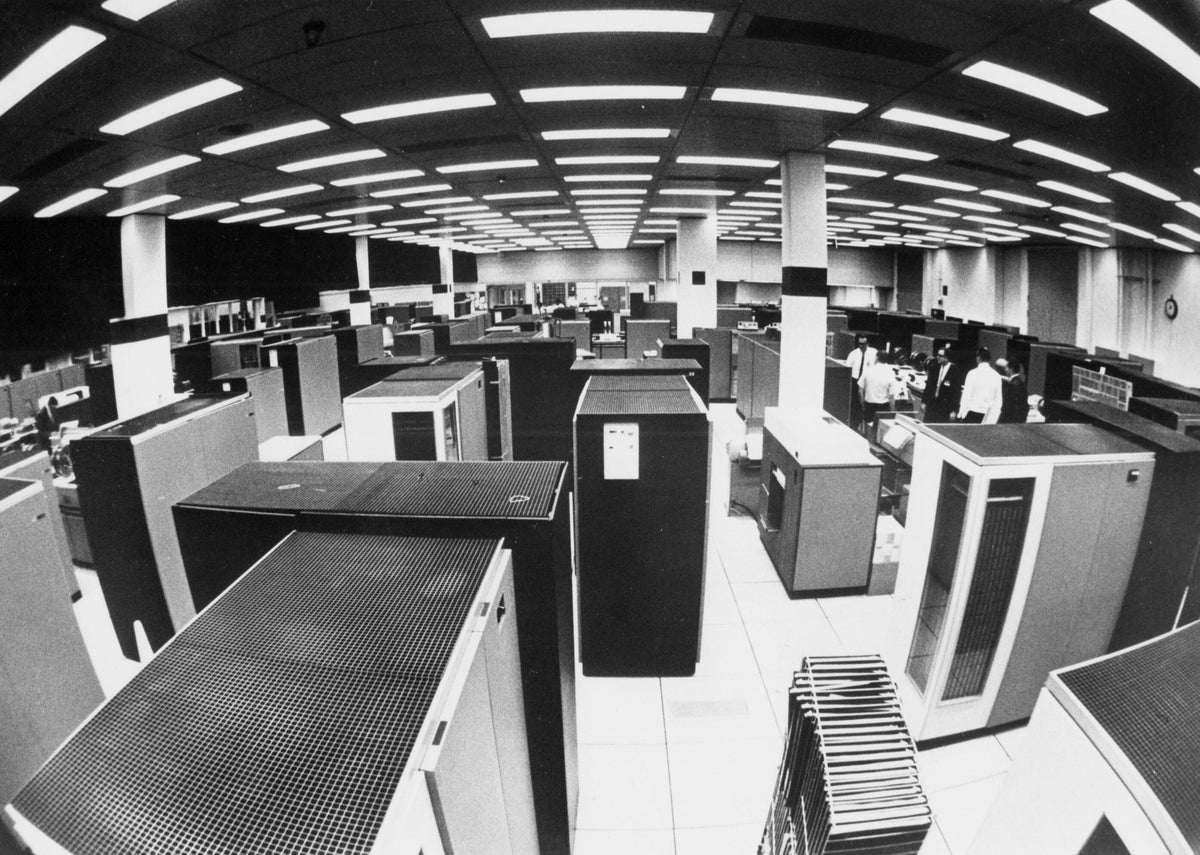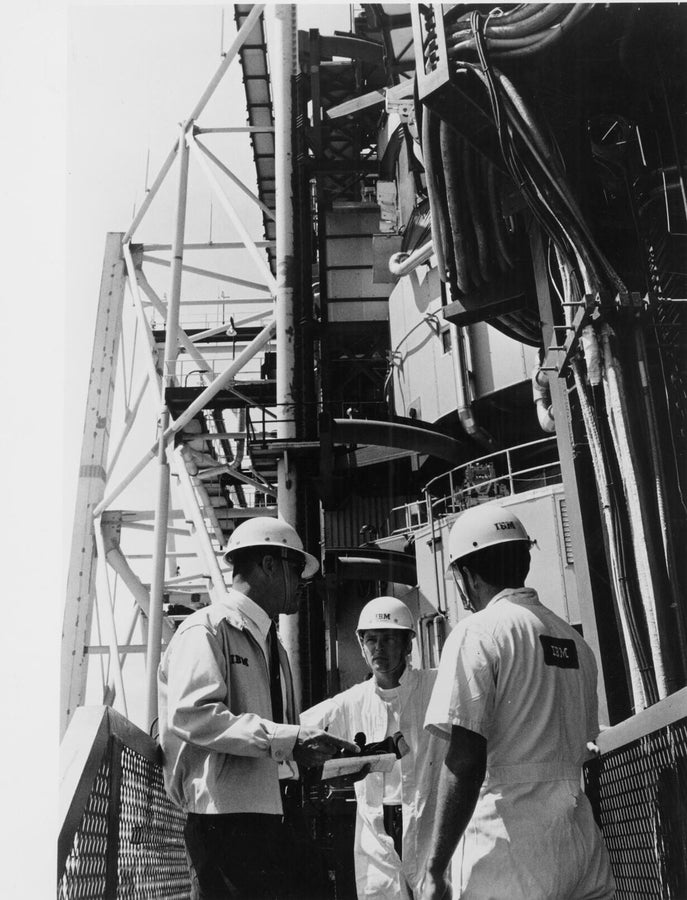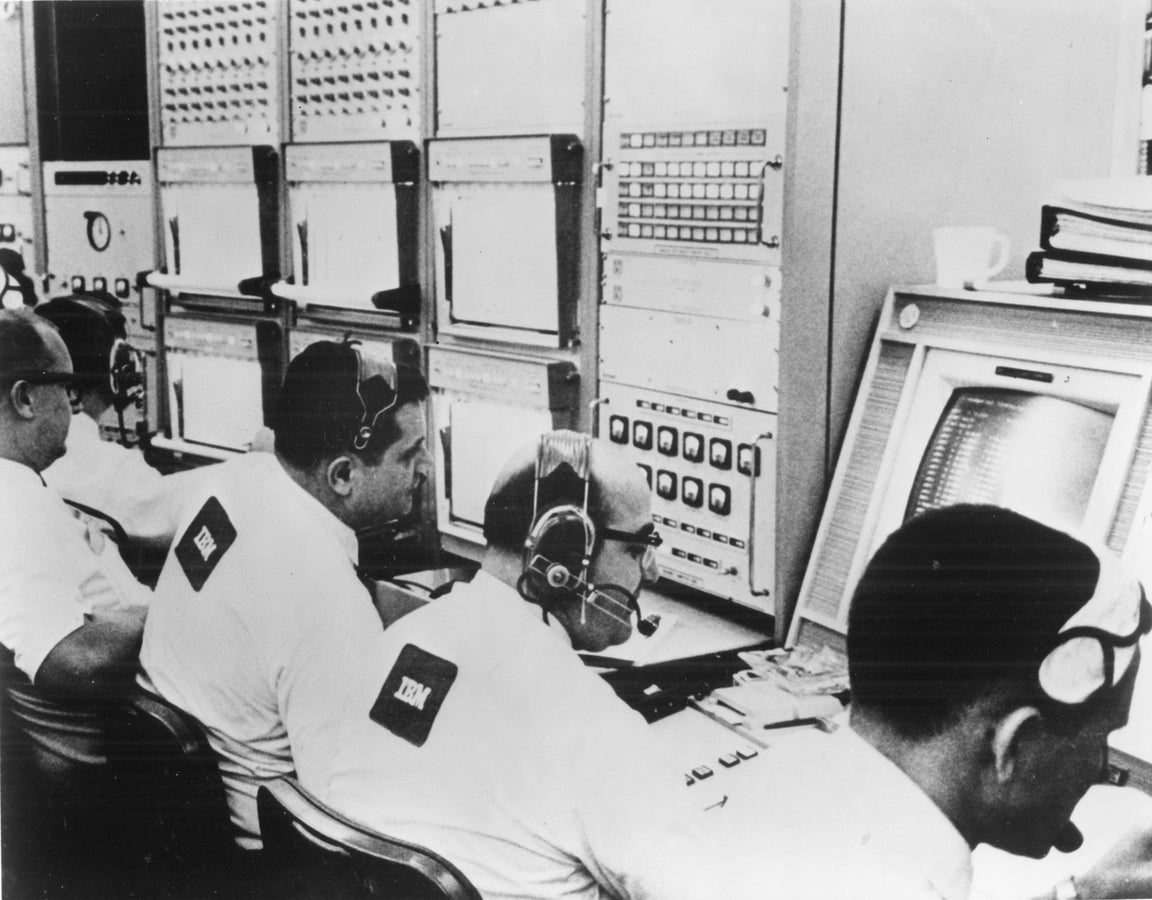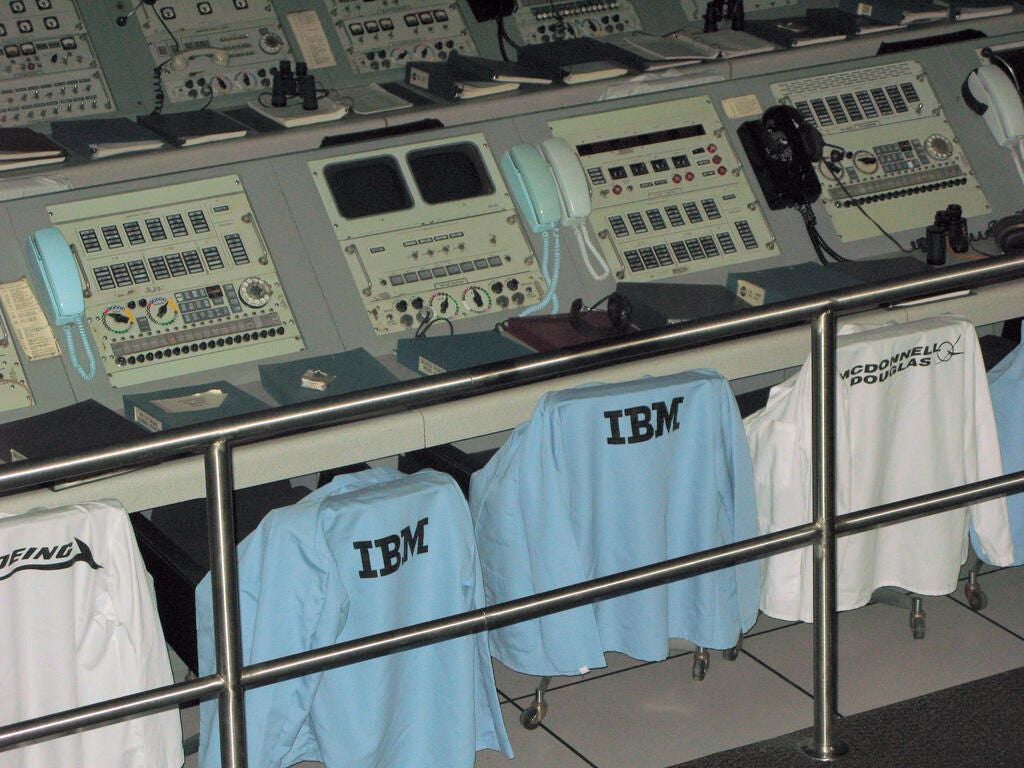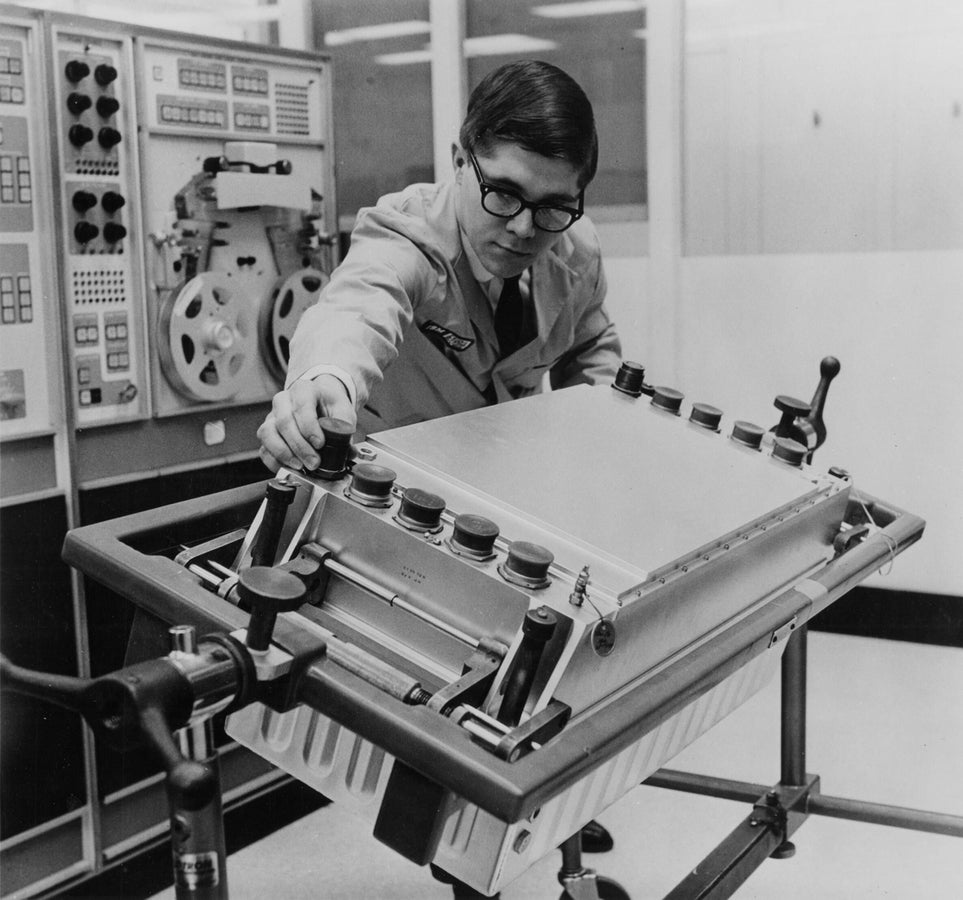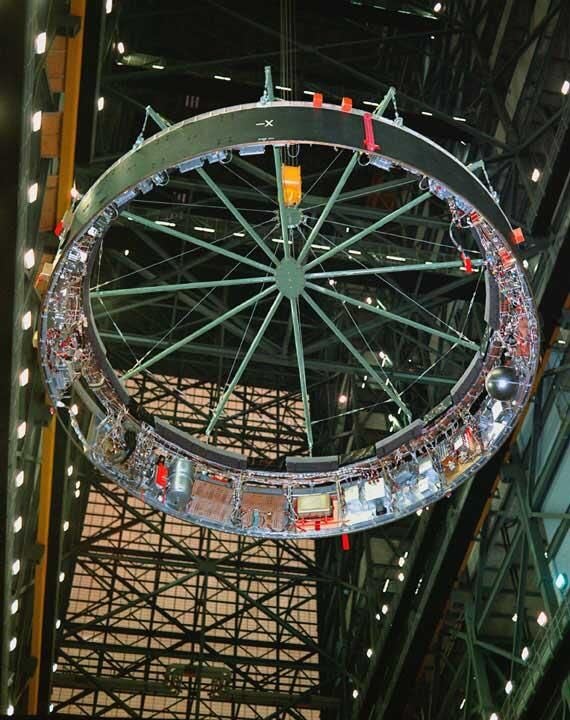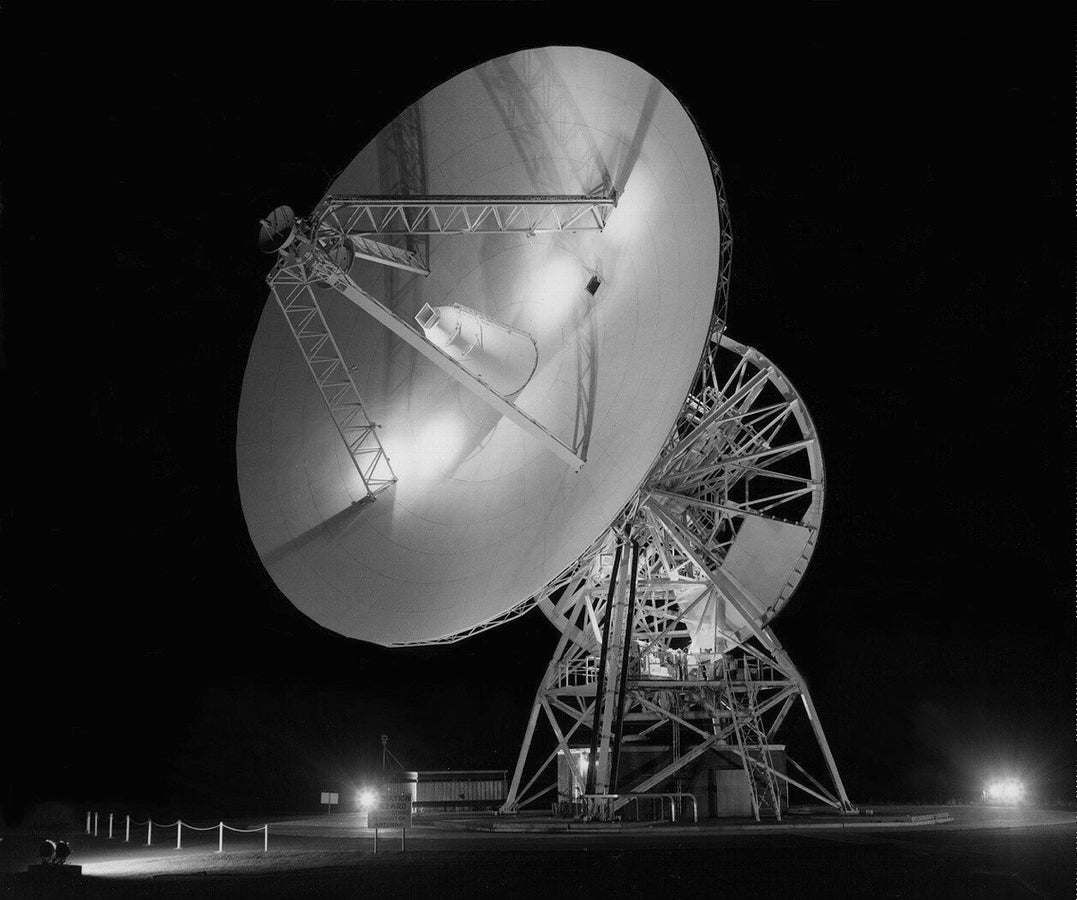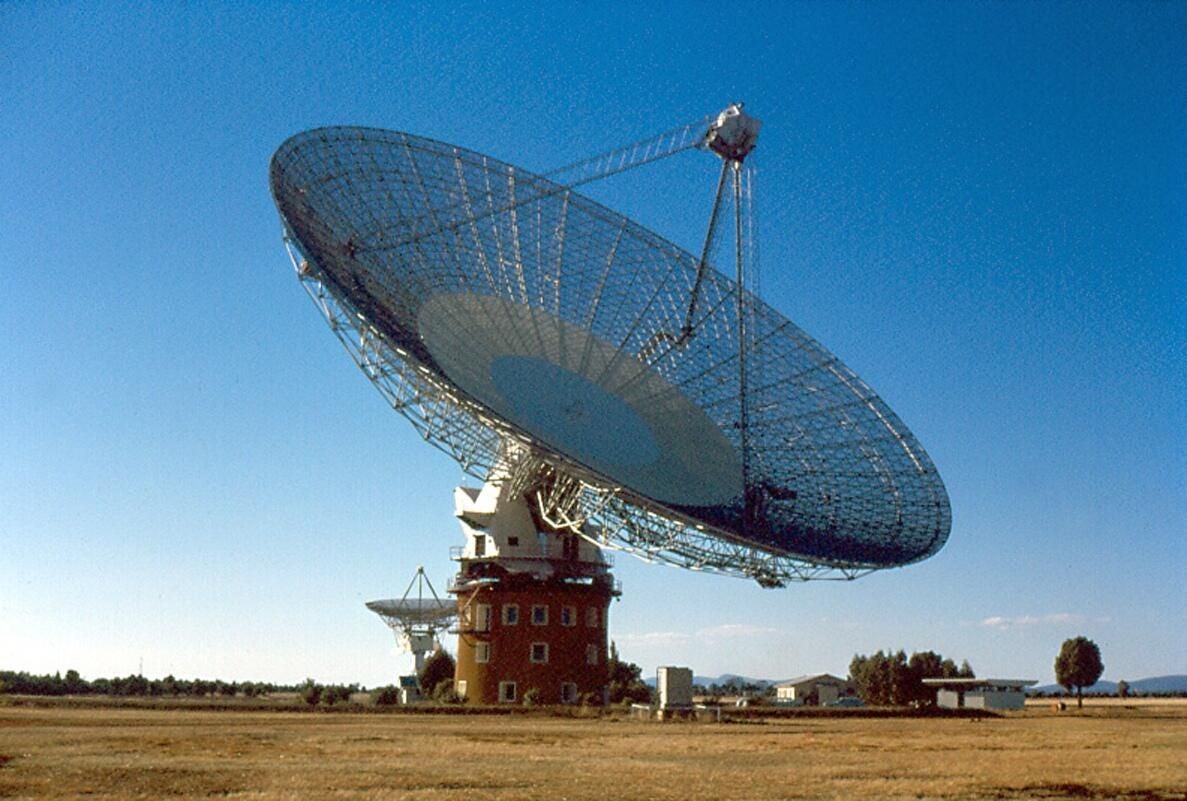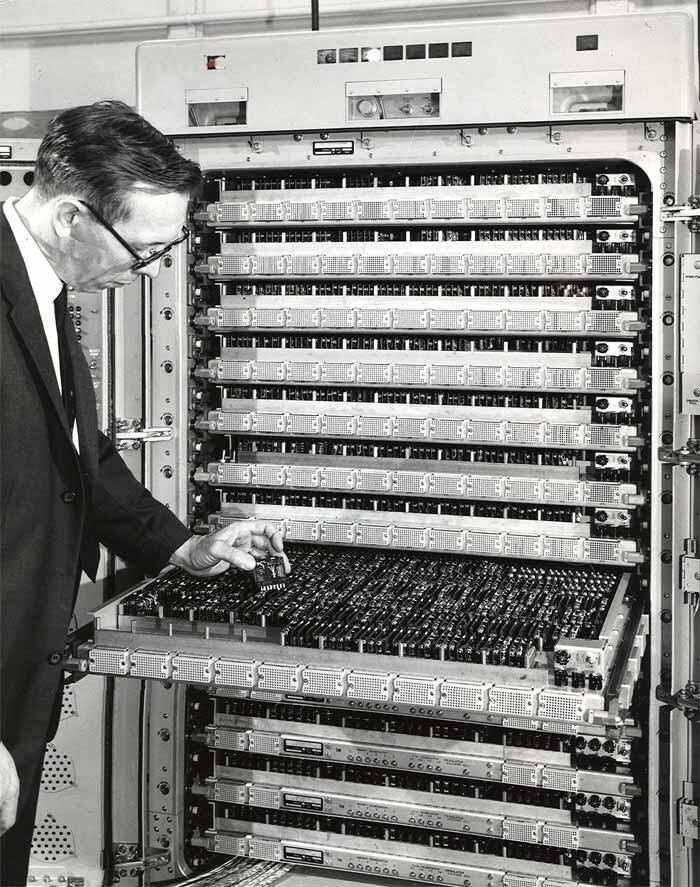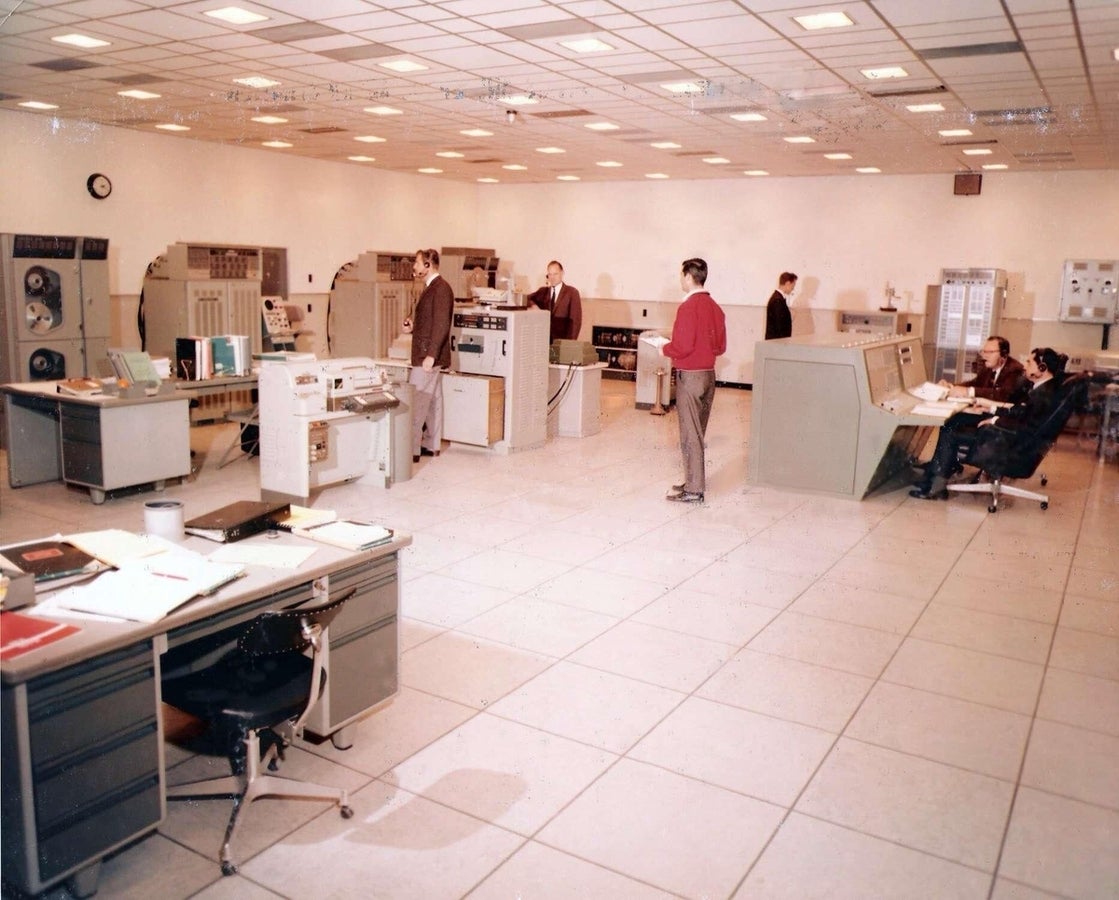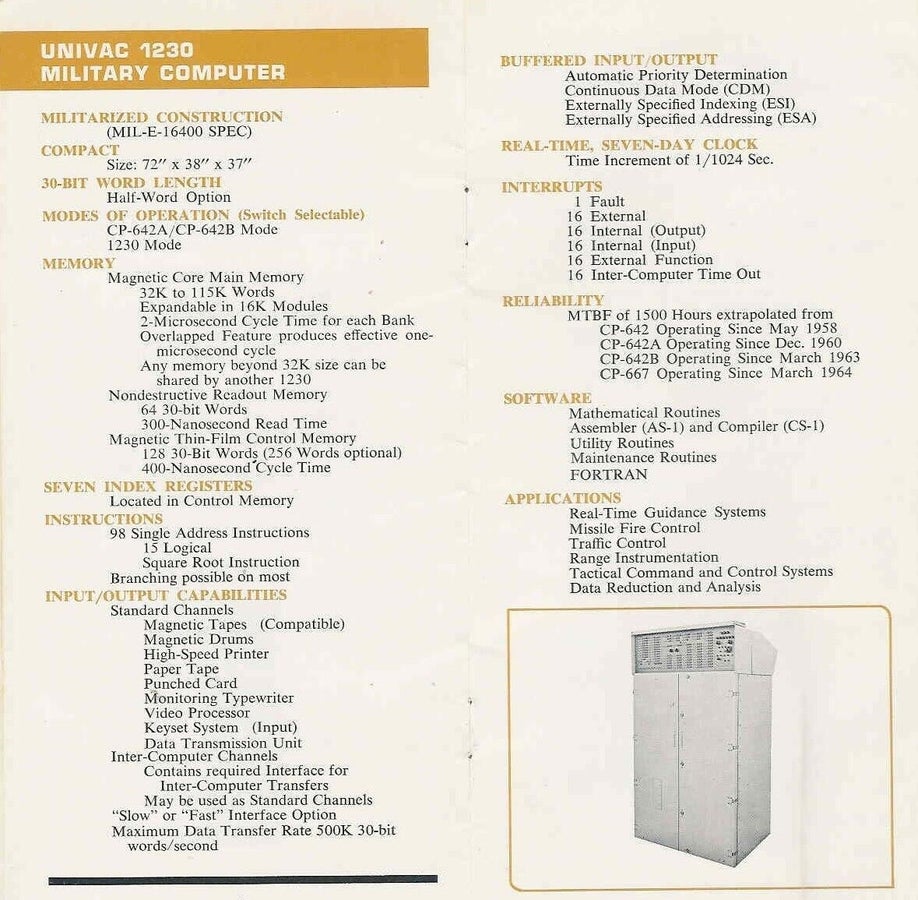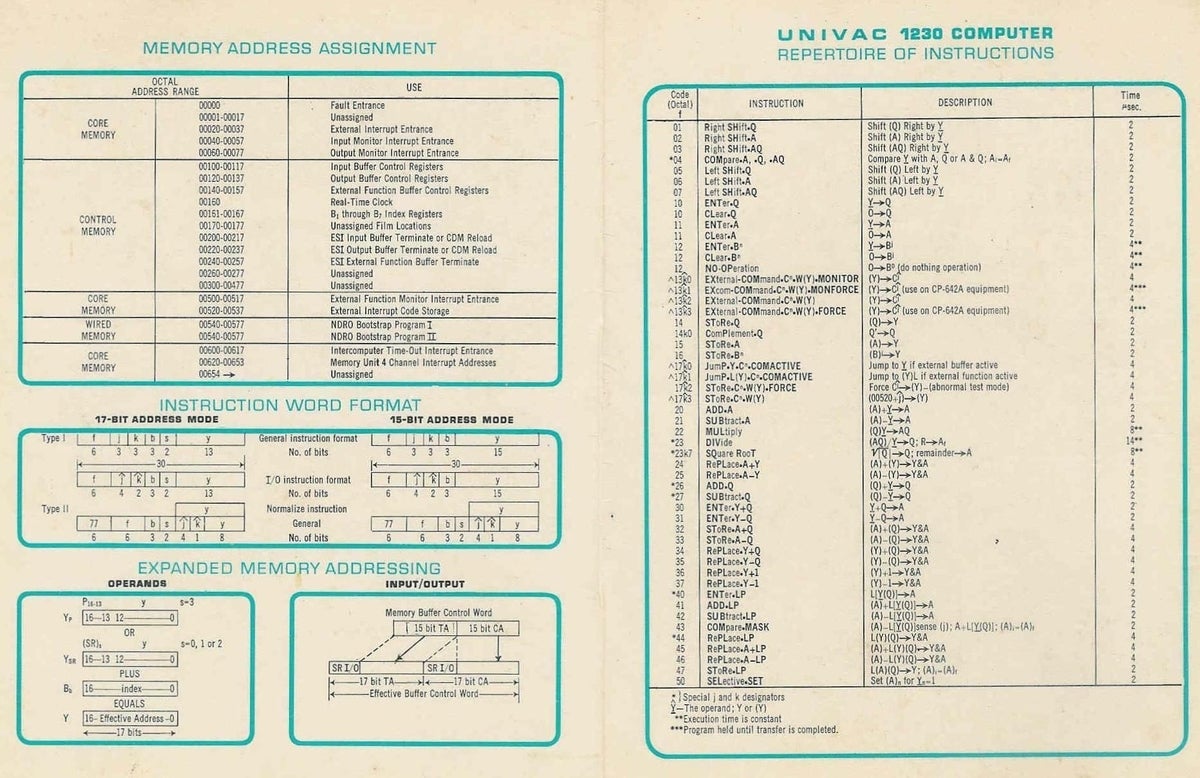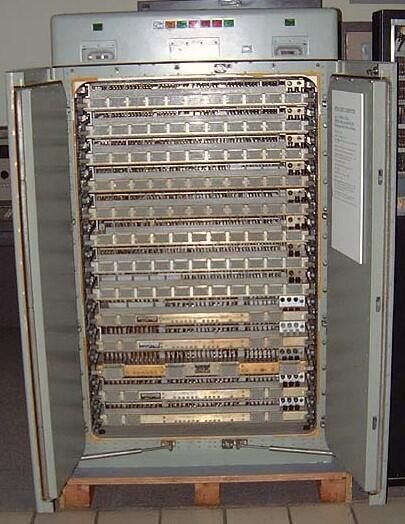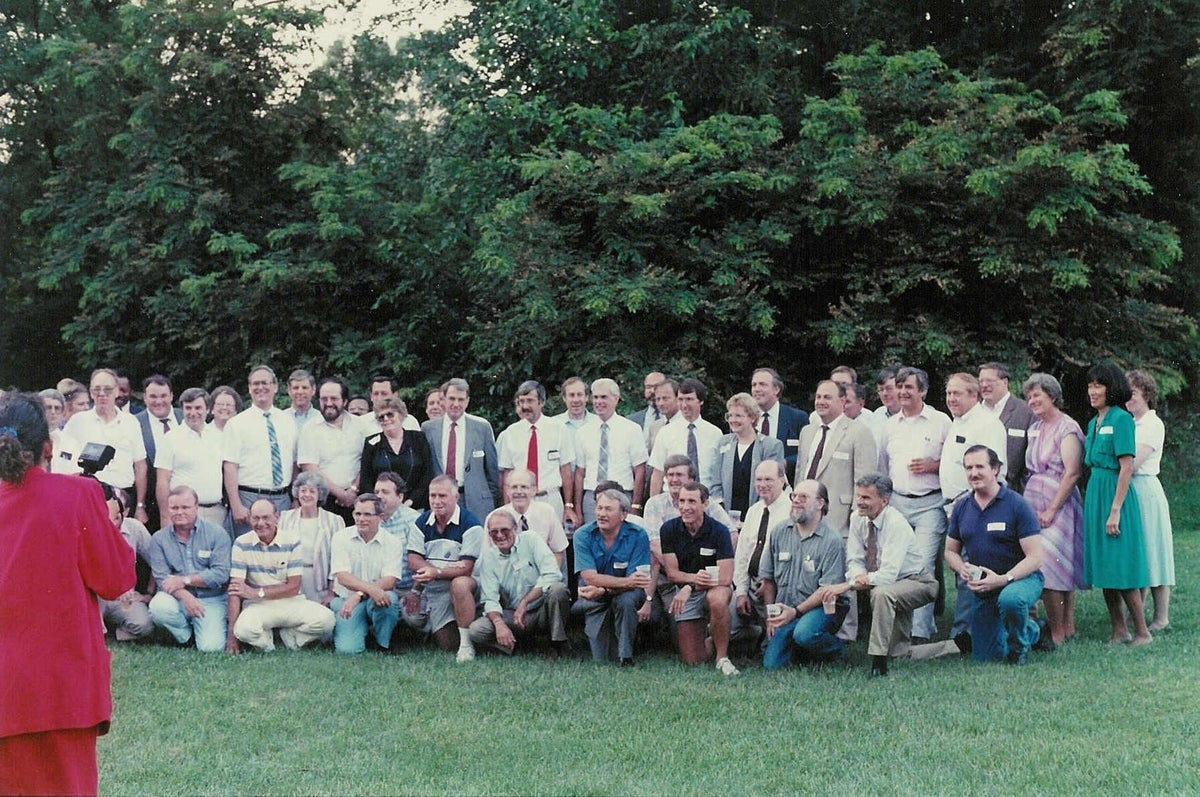IBM and UNIVAC in the Apollo Program
Image 1 of 15
IBM Real Time Computer Complex
The Real-Time Computer Complex (RTCC) was an IBM computing and data processing system at NASA’s Manned Spacecraft Center in Houston. It collected, processed and sent to Mission Control the information needed to direct every phase of an Apollo/Saturn mission. It computed what the space vehicle was doing and compared that with what it should be doing. RTCC worked in real-time — so fast, there was virtually no time between receiving and solving a computing problem. IBM 7094-11 computers were used in the RTCC during NASA’s Gemini program and on the first three Apollo/Saturn missions. Later, IBM System/360 Model 75J mainframes, plus peripheral storage and processing equipment, were employed. Two computers were used during a mission: one was primary; the other operated identically but as standby. (Photo courtesy IBM)
?Read more about IBM and UNIVAC in the Apollo program in Tech Broiler.
IBM Employees at KSC
IBM Employees working at Kennedy Space Center on the Saturn V.
IBM Employees at Mission Control
These IBM employees are working at Mission control on Apollo 11.
Original IBM uniforms at Apollo Mission Control Exhibit at KSC
When I was at Kennedy Space Center on vacation this year, I managed to snap a photo of these original IBM flight shirts. These consoles are the original used on the Apollo mission, and you can see the original Mission Control center as it was when you visit Kennedy Space Center.
IBM Saturn Guidance Computer
The Saturn computer and data adapter, which were designed and manufactured by IBM’s Electronics Systems Center in Owego, N.Y., were part of the launch vehicle’s guidance system. (Photo Courtesy IBM)
IBM Saturn Instrument Unit
The instrument unit was designed by NASA’s George C. Marshall Space Flight Center in Huntsville, Ala. IBM manufactured and assembled the instrument unit at its Space Systems Center in Huntsville. The Instrument Unit sat between the upper S-IVB stage and the Command Module/Service Module. (NASA)
DSTN Station at Honeysuckle Creek, Australia
Several large Deep Space Tracking Network stations with huge radio antennae were required in order to receive and send telemetry and control signals back and forth to the Apollo spacecraft. This particular antenna is 85 feet wide. (NASA)
DSTN Station at Perth, Australia
The 210 foot antenna at the Perth station was the subject of the 2000 film “The Dish” starring Sam Neill and Patrick Warburton. It is a largely fictional account which downplays the significance of all of the stations in the DSTN network. During the course of the Apollo 11 mission, several stations were required in order to receive telemetry and television signal from the spacecraft and the moon.
UNIVAC 1230 Computer
The heart of the DSTN telemetry decoding were several dozen UNIVAC 1230 systems deployed on site at the DSTN tracking stations around the world. Originally designed for use on naval vessels, The modified 1230s, known as 642B military computers, used ferrite core memory and were military hardened to handle 140 degree temperatures as well as salt spray.
DSTN Fresnedillas Computer Room
The computer room of DSTN station Fresnedillas, outside Madrid, Spain. The systems shown here are for the Apollo 8 mission and are UNIVAC 1218, a forerunner to the 1230s used on Apollo 11.
Brochure for the UNIVAC 1230
A sales brochure for the UNIVAC 1230 computer.
Programmers reference card for the UNIVAC 1230
Side 1 of a programmer’s reference card for the UNIVAC 1230 system, of which several dozen were deployed for the NASA DSTN on the Apollo program.
Programmers reference card for the UNIVAC 1230
Side 2 of a programmer’s reference card for the UNIVAC 1230 system, of which several dozen were deployed for the NASA DSTN on the Apollo program.
UNIVAC 1230
Photo of the ferrite core trays of a UNIVAC 1230.
Goddard Flight Center 20th Anniversary Photo
20th anniversary staff reunion photo (1989) of personnel that worked at the the Goddard Flight Center during Apollo 11. Many of the employees here are UNIVAC staff.
